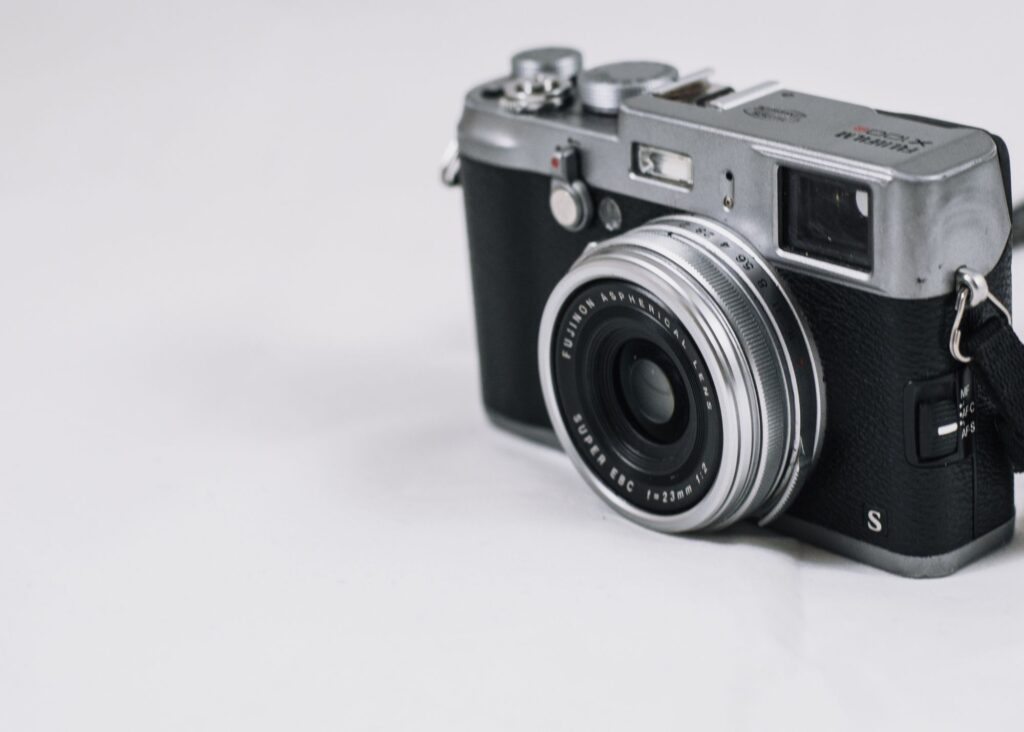The Myth of the Perfect Camera Settings
As photographers, we all have heard of the search for the perfect camera settings. You know, those mythical numbers that will magically produce the ideal exposure, sharpness, and depth of field in any situation. But here’s a little secret for you – the perfect camera settings don’t exist! That’s right, no matter how much we try and tweak our settings, different lighting conditions, weather, and subjects will always dictate what we need to adjust. In this blog post, we’ll explore why the perfect camera settings is a myth and how it’s more important to learn to adapt to each unique situation.
The reason why the perfect camera settings don’t exist is that there are too many variables that affect our camera settings. Factors like the lighting condition, weather, and the subjects we’re photographing, all impact our settings. For instance, the ideal settings for taking a landscape photo on a sunny day won’t be the same for photographing a boudoir session in low light. Even within the same scene, the lighting might change throughout the day. As photographers, we need to adapt our settings to each unique situation to get the best results.
Another thing to consider is the mood and tone we want to convey through our photographs. The perfect camera settings will vary depending on the tone we want to convey in each photo. If we want to capture the mood of a foggy morning, we need to adjust our settings to create a soft and muted effect. On the other hand, if we want to capture the vibrancy and energy of a city at night, we need to push our camera settings to create a higher contrast and sharper image.

Experience and intuition play a crucial role in finding the right camera settings in any given situation. As we gain more experience, we develop an intuition for the right settings based on the scene in front of us. We know from experience that the settings for a portrait session in golden hour light will be different from what we need for a landscape shot in the same light conditions. We learn to adjust our settings based on our intuition and what we see through the viewfinder.
Even when we take test shots and use exposure meters, the perfect camera settings are still elusive. The lighting condition and the subject’s position may change by the time we take the final shot. That’s why we need to be adaptable and flexible in our approach. We need to understand how different settings impact our images and be able to change quickly when something changes in the scene.
At the end of the day, the idea of perfect camera settings is a myth. Instead of obsessing over the perfect settings, we need to focus on observing the scene, experience, intuition, and flexibility. Excellent photography is about being able to adapt to different situations and understand how to use your gear to get the best results. It takes time, practice, and patience, but with these values, there’s no limit to the beautiful imagery we can create. Happy shooting!

leave a comment